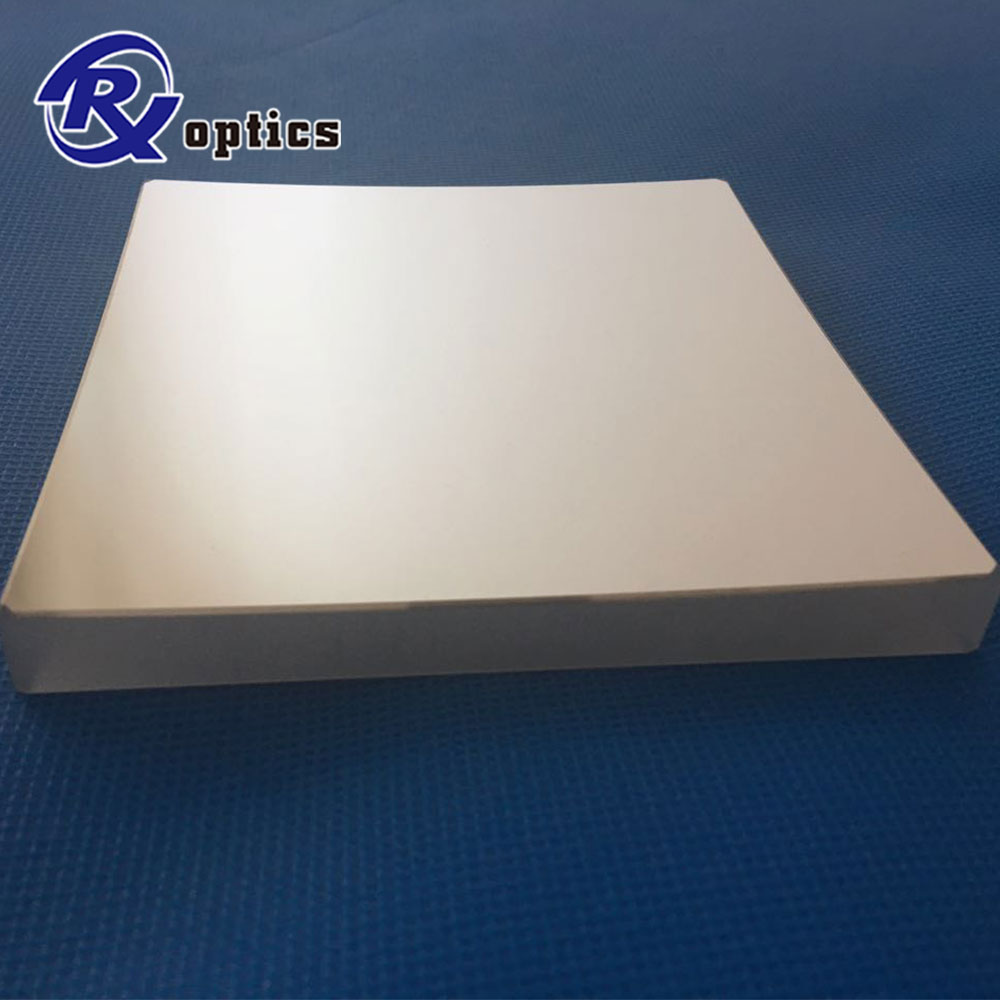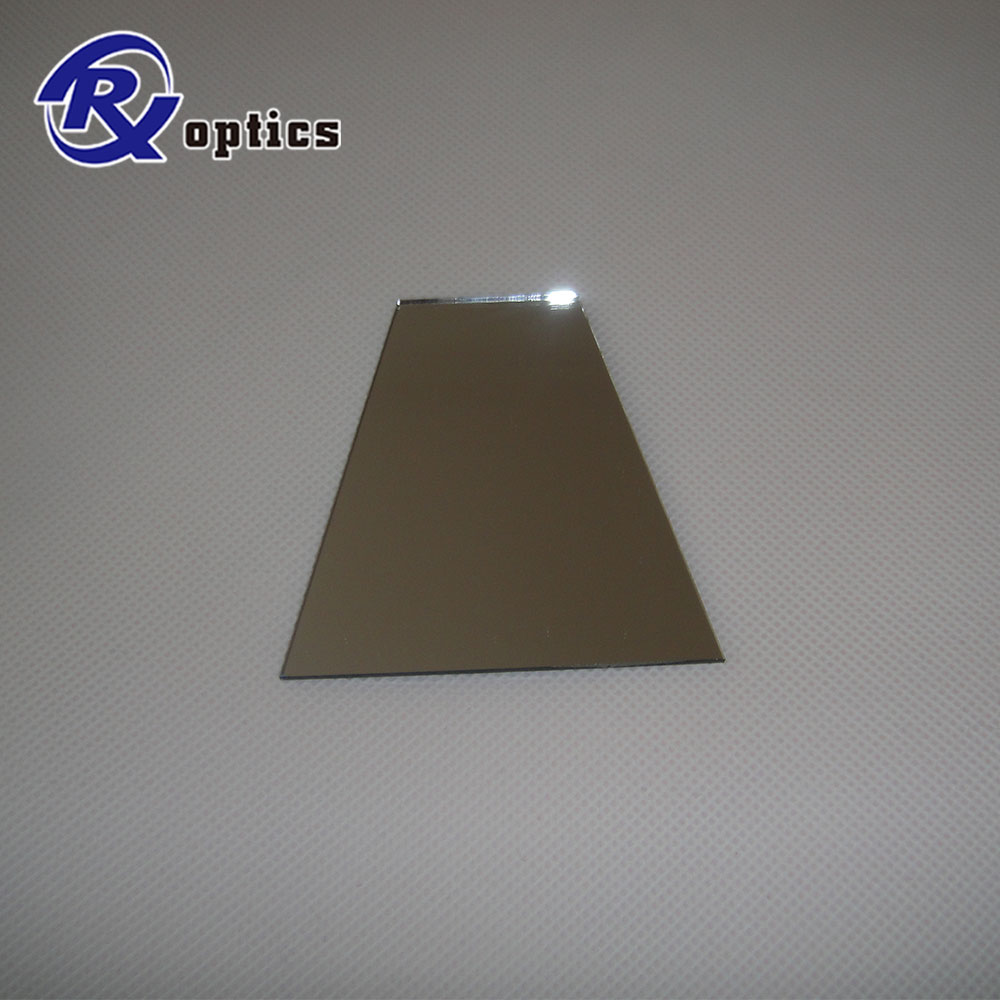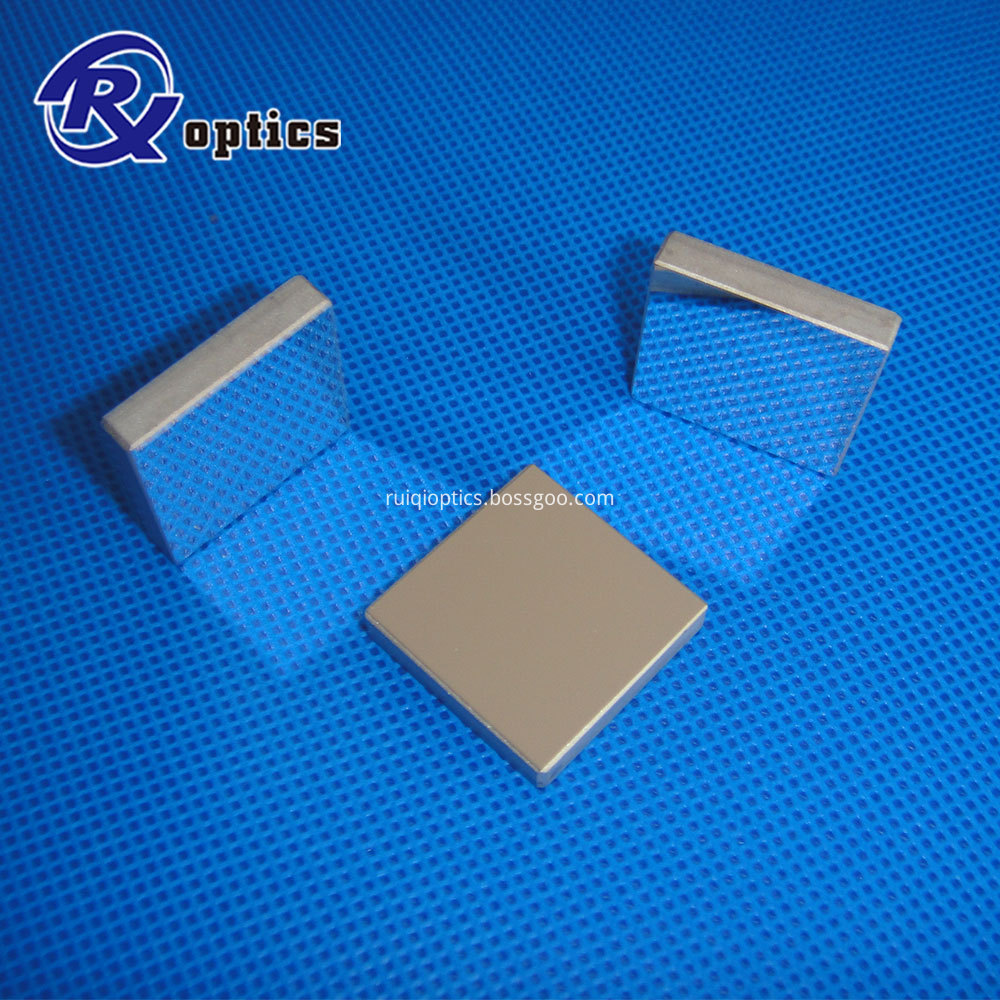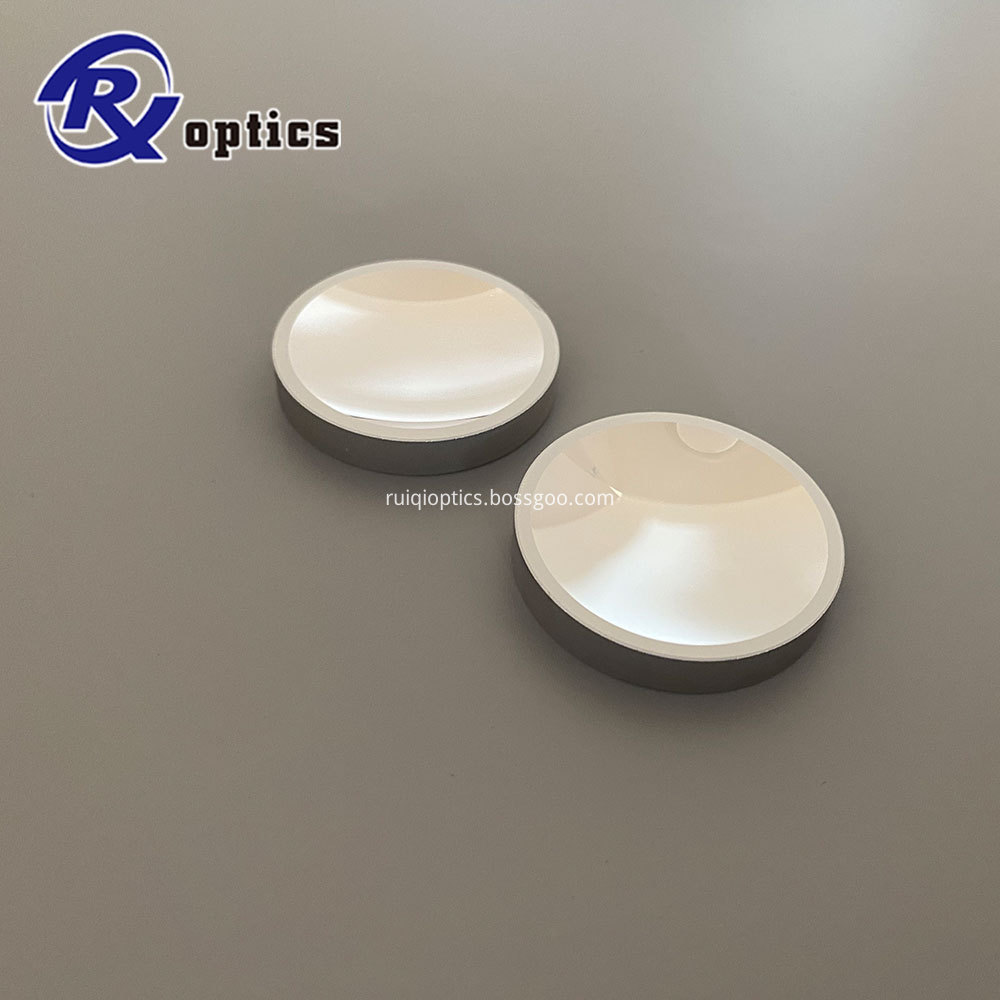Compared with traditional forming techniques such as stamping and welding, hydroforming technology is a new metal forming technology.
First, the advantage
Compared with the traditional stamping process, the hydroforming process has obvious technical and economic advantages in reducing weight, reducing the number of parts and the number of molds, increasing rigidity and strength, and reducing production costs. It has been obtained in the industrial field, especially in the automotive industry. More and more applications. In the automotive industry and aviation, aerospace and other fields, reducing structural quality to save energy in operation is a long-term goal and one of the trends in the development of advanced manufacturing technology. Hydroforming is an advanced manufacturing technique for achieving lightweight construction. Hydroforming is also referred to as "internal high pressure forming". Its basic principle is to use a pipe as a blank to apply an ultra-high pressure liquid inside the pipe while applying axial thrust to both ends of the pipe blank for feeding. Under the joint action of the two external forces, the tube blank material is plastically deformed and finally adhered to the inner wall of the mold cavity to obtain a hollow part whose shape and precision meet the technical requirements.
Second, the advantages
For hollow variable-section structural members, the conventional manufacturing process is to first form two halves of the sheet and then weld them into a whole, and hydroforming can integrally form a hollow structural member that varies along the cross-section of the member at one time. Compared to stamping and welding processes, hydroforming techniques and processes have the following major advantages:
Reduce quality and save materials. For typical parts such as automobile engine brackets and radiator brackets, hydroformed parts are 20% to 40% lighter than stamped parts; for hollow stepped shaft parts, 40% to 50% of weight can be reduced.
Reduce the number of parts and molds and reduce mold costs. Hydroformed parts usually require only one set of molds, while stampings mostly require multiple sets of molds. The number of hydroformed engine bracket parts has been reduced from 6 to 1, and the number of radiator bracket parts has been reduced from 17 to 10.
It can reduce the amount of welding for subsequent machining and assembly. Taking the radiator bracket as an example, the heat dissipation area is increased by 43%, the number of solder joints is reduced from 174 to 20, the number of processes is reduced from 13 to 6 and the productivity is increased by 66%.
Increased strength and stiffness, especially fatigue strength, such as hydroformed radiator brackets, can increase stiffness by 39% in the vertical direction and 50% in the horizontal direction.
reduce manufacturing cost. According to the statistical analysis of the applied hydroformed parts, the production cost of the hydroformed parts is reduced by 15% to 20% on average, and the mold cost is reduced by 20% to 30%.

Concerned about surprises
Label: Analysis of hydroforming technology characteristics
Previous: Maintenance work of different stages of surface grinder Next: Screw tap classification
Most metallic mirrors are designed to reflect and preserve the quality of the incident radiation. Common substrate materials are glass, fused silica and various metallic materials. Almost any metal can be deposited on a mirror surface. The common metal coating materials are Aluminum, Silver, Gold, Copper etc, We could provide in custom Made sizes and thickness
Concave Spherical Mirrors have
a polished, spherical surface, metallic coating, and curved back. Each
mirror has a positive focal length, and will focus incident light. All
first surface Concave Spherical Mirrors feature a glass substrate.
Metallic
Optical Mirrors are widely used due to a moderate level of reflection
over a very broad spectral range. Protected gold coatings have the
highest reflectance in IR, silver is most efficient in VIS, while
aluminium is economical reflector over entire 300-IR region.
A layer of dielectric material
protects the coatings of the mirrors in order to make them durable.
Enhanced metallic coatings provide greater reflection across the
operating bandwidth.
Metal-coated optical mirrors are available for use with light throughout the UV, VIS, and IR spectral regions.




Metallic Mirror,Gold Mirror,Protective Silver Coating Mirror, Aluminium Coating mirror, Silicon Mirror, Cooper Mirror, Dielectric Mirror
Changchun Ruiqi Optoelectronics Co.,Ltd , https://www.ruiqi-optics.com